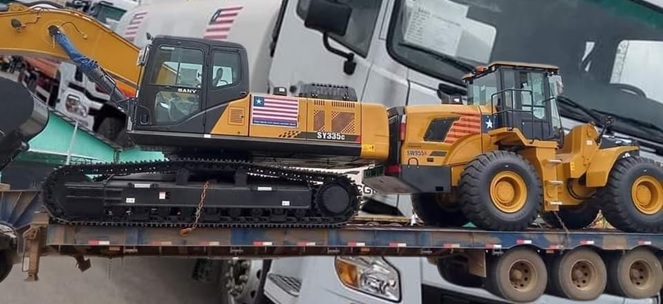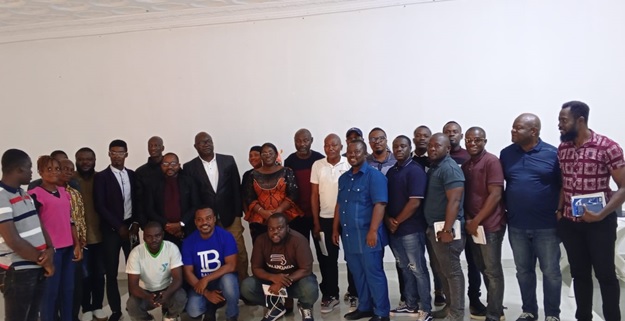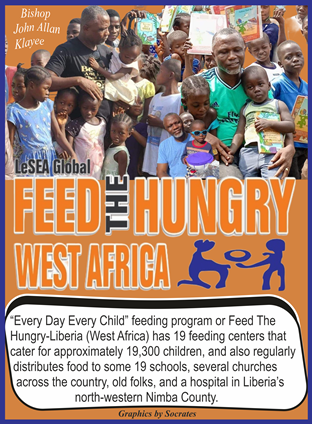MONROVIA – In an unprecedented move, the Liberian government is set to distribute 285 units of machinery equally across the country’s fifteen counties, with each county receiving 19 units. This landmark initiative, spearheaded by the Ministry of Public Works, aims to significantly enhance infrastructure development and maintenance across Liberia, marking the first time in history that such a substantial allocation has been made to each county.
The machinery, which is beginning to arrive in the country through the National Port Authority (NPA) bit by bit, will be distributed among the fifteen counties for infrastructural development and agricultural purposes once the full shipment is received.
The Boakai administration’s decision to distribute the machinery equally, regardless of county size, reflects a commitment to equitable development. Both smaller and larger counties stand to benefit immensely from this initiative. For smaller counties, such as River Gee and Gbarpolu, this allocation represents a transformative opportunity to upgrade their infrastructure and improve public services. Larger counties, like Montserrado and Nimba, will also see a boost, allowing them to tackle larger and more complex infrastructure projects.
However, some argue that the government’s planned distribution is unfair to the bigger counties. Critics suggest that the equal distribution plan does not account for the varying needs and sizes of the counties, potentially disadvantaging the larger counties with more extensive infrastructure and agricultural demands. They are calling for the government to revisit and revise the distribution plans to ensure a more proportional allocation of resources.
A critical aspect of this initiative is the maintenance of these machines. Historically, Liberia has faced challenges in maintaining public infrastructure, often due to limited resources and technical expertise. Ensuring the longevity and functionality of these machines will require a robust maintenance strategy.
Counties must now assess their preparedness to handle these machines. This includes training local operators, establishing maintenance schedules, and ensuring the availability of spare parts. In the past, many counties have struggled with the upkeep of equipment, leading to rapid deterioration and reduced effectiveness. Learning from these experiences, counties will need to adopt proactive measures to avoid repeating history.
The Ministry of Public Works is tasked with overseeing the distribution and monitoring of these machines. The Ministry’s role will be crucial in ensuring that the machines are used effectively and maintained properly. This involves not only distributing the machinery but also providing ongoing support and training to county officials and operators.
To facilitate this, the Ministry plans to deploy monitoring teams to regularly visit counties, offering technical assistance and conducting inspections. This will help identify and address issues promptly, ensuring the machines remain operational and serve their intended purpose. The Ministry’s preparedness will be a determining factor in the success of this initiative.
This historic distribution marks a significant step forward for Liberia’s infrastructure development. By equipping each county with 19 units of machinery, the government is laying the groundwork for improved roads, bridges, and public facilities across the nation. The equal allocation underscores a commitment to inclusive development, ensuring that all counties, regardless of size, have the tools needed to progress.
As Liberia embarks on this new chapter, the focus will be on effective implementation and sustainable maintenance. With the right strategies in place, this initiative has the potential to transform Liberia’s infrastructure landscape, fostering economic growth and improving the quality of life for its citizens. While the distribution of 285 units of machinery is a monumental step, the real measure of success will lie in how well counties and the Ministry of Public Works manage, maintain, and utilize these resources. This initiative offers a unique opportunity to learn from past challenges and build a more resilient and prosperous Liberia.







